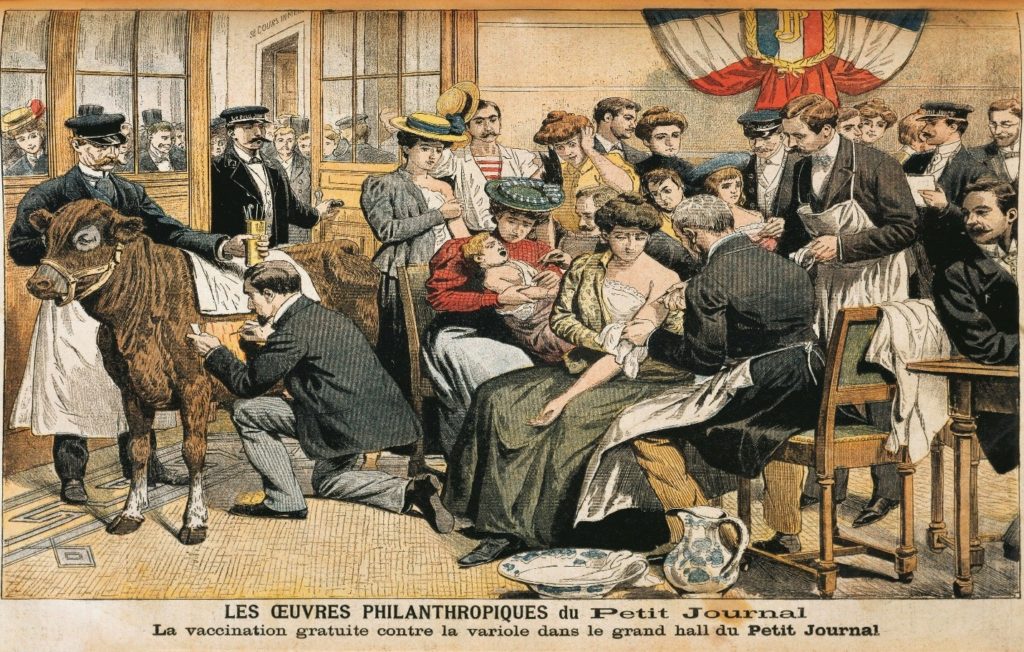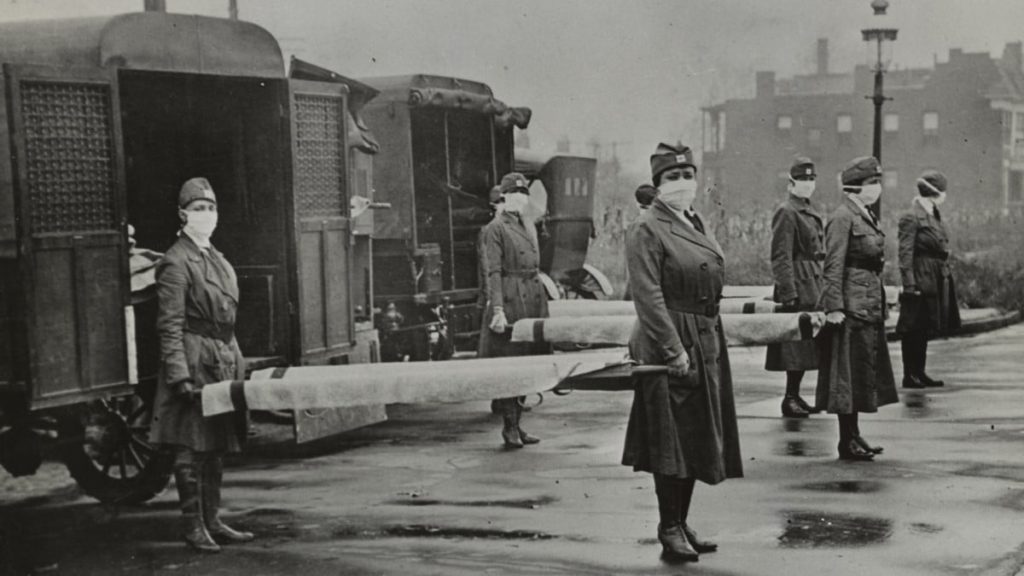Diseases sway generations.
Our generation, and those of our ancestors, have all been affected by diseases- being ill is only human, after all. However, there are some diseases that leave the body completed sucked out of all life. There have been many instances in history when scores of people have been killed because of wide-spread infectious diseases. But sometimes, these diseases wipe out entire populations and leave nothing but barren lands and carcasses behind.
We have curated a list of four of the most important mosquito-vectored disease epidemics of all time. Lists like these serve as a reminder of the fragility of human life and, how humans can learn from their past experiences and deadly blunders to pave a better way forward for tomorrow. Past tragedies have served as a major motivation to develop impactful mosquito control products, and have fuelled effective studies and researches on mosquito disease symptoms.

The Groningen epidemic
The emerald-colored northeastern-most province of Netherlands, Groningen is a regional capital and a hub of education and sports. However, in 1826, this city by the North Sea was a far cry from the sunny capital that it is today. Gripped by Malaria and stampeded upon by poor public health and sanitation systems, Groningen was under the spell of a raging malady.
In the winter of 1826, the embankments and walls built around Groningen to protect the city from the cruel tempests below crackled and broke out, flooding the entire region and devastating the architecture. The flooding greatly damaged the plants and cattle, turning the already soft-soiled city into a huge swamp. With conditions ideal for mosquito breeding, as the summer rolled in, so did news of intermittent fever breaking out through the city. These fevers were later diagnosed as Malaria. This Malaria epidemic claimed the lives of a quarter of the population of Groningen and left behind many lessons on secure architecture design and urban planning.
Malaria and War: The British Commonwealth Forces and World War II

What the bullets fail to pierce, the bug succeeds in destroying. Amongst unsanitary conditions and a body broken down by exhaustion and poor diet, a combat zone is a fertile place for the spread of infectious diseases. Following World War I, battling diseases had been a prime concern for military medical services.
The Malaria outbreak amongst the Allied forces resulted in an enormous waste of manpower to illness. The British units on tropical, Mediterranean, Middle-Eastern, and Indo-Burma fronts were hit hardest by the unduly high rates of Malaria casualties. Overall, from the mid-1943s till the summer of 1945, up to a million soldiers lost their lives to Malaria during the War. With hospitals destroyed and medical supplies limited, this high mortality rate was also caused by inept military medical aid. Killed by swamp-like conditions instead of snipers, the military bunks and hideouts were highly Malarious areas that extinguished the life out of thousands of bright-eyed young men.
The Yellow Fever Reaches Spain

Nature can be very ironic and complicated. The very ports that add boundless beauty to the Southernmost fishing villages of Spain are also historically tainted as the markers for the first outbreak of Yellow Fever in Spain. The Tiger Mosquitos, claimants of more than sixty thousand lives within a mere span of 3 years, wrecked irreconcilable havoc on the small Spanish cities of Cadiz, Jerez, and Seville in 1800.
Owing to poor sanitation and drainage systems, limited shipping regulations, and a striking lack of public knowledge regarding Yellow Fever prevention, Spain suffered major life loss during the first half of the 19th century. Between 1822 and 1824, Spain’s most populous city back then, Barcelona had up to eight thousand reported infections and a tragic fatality rate of 20% out of all those infected.
Brazil’s Battle Against Malaria
Despite evolved times, Brazil continues to struggle with mosquito-control and malaria outbreaks. Anopheles darlingi, the malaria mosquito vector is found across 80% of Brazil. A population naturally exposed to hazardous diseases owing to close proximity with the swamps of the Amazon, Brazil’s Malaria epidemics can be blamed upon natural elements, poor health care, and turbulent political atmosphere.
While not officially confirmed, the total number of reported cases of Malaria exceeds 6 million since the 1960s, while the death toll hovers at an even higher and harrowing number.

